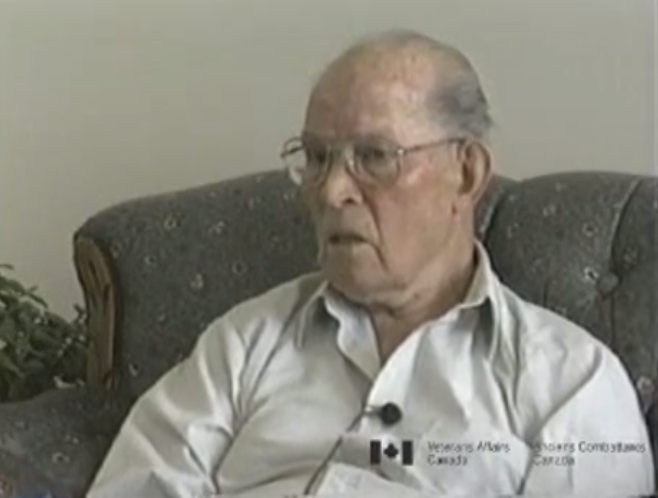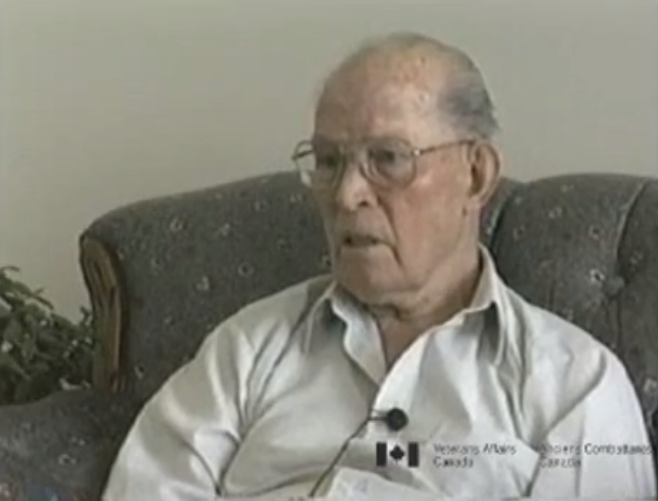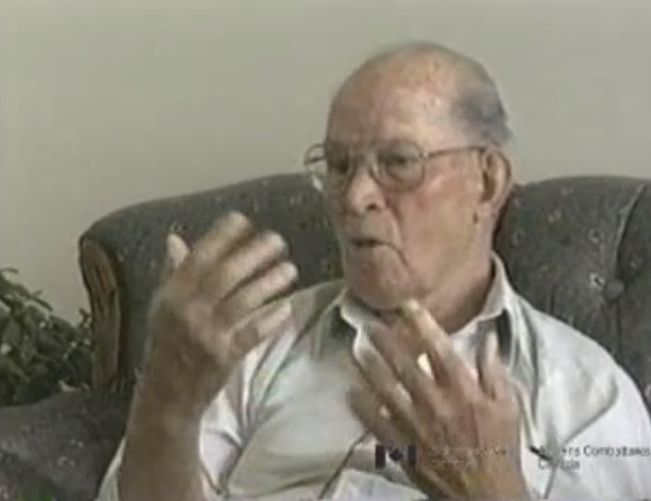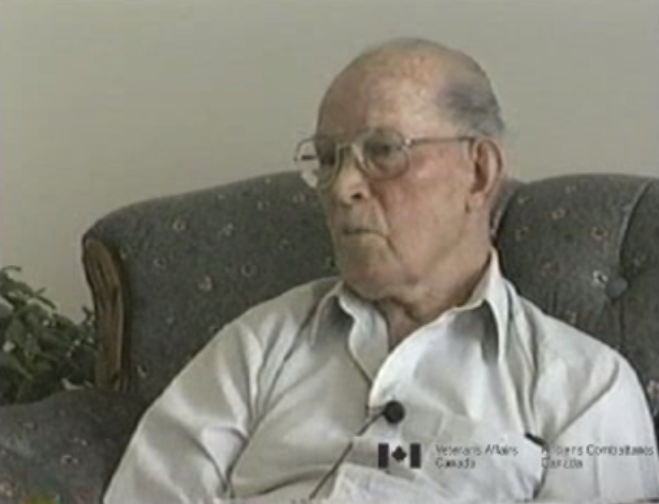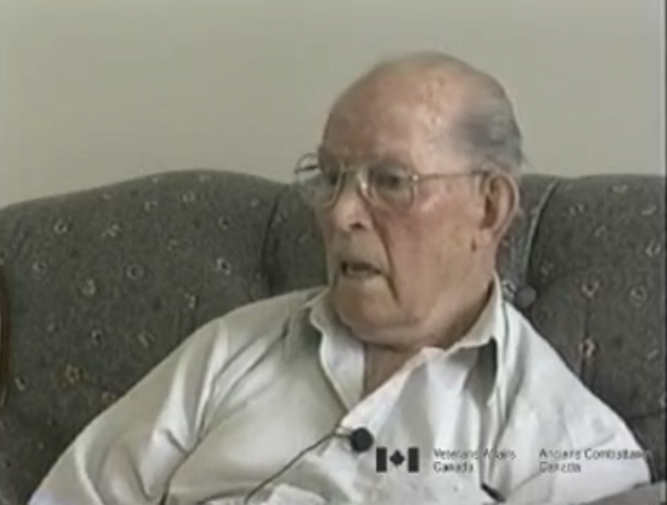Keeping the Trucks in Good Repair
Heroes Remember
Keeping the Trucks in Good Repair
Transcript
Workers putting engines together wearing large work gloves.
FMT, fitter motor transport and we did, actually we bore engines and everything there. We used to, now motor transport is in the,Army trucks driving down paved road.
most of the services. They had to be repaired very often because they had very poor gasoline and they used to burn up valvesTanks driving through area devastated by war. Buildings crumbling.
and all the rest of it. So every, I think it was four thousand, five thousand kilometres or something, you used to have to change the cylinder heads and that was, like our Chev, that wasArmy trucks driving down paved road.
the Bedford. We had Bedford 1500, tonne and a half.Description
Mr. Austin describes upgrading his mechanic’s license, and applying those skills in the maintenance of the Allied (British) truck fleet in post D-Day Europe.
Stephen Austin
Stephen Austin, Sr. was born in Holyrood, Newfoundland on December 16, 1916. He was the second of four children and was raised on a family farm. His father was also a fisherman. In 1936 he started working as a truck driver. Mr. Austin went to England at the outbreak of war and worked in lumber crews. He enlisted in the Royal Air Force where he trained for a heavy engine mechanic. Mr. Austin served first in England, where he maintained the equipment which raised anti-bombardment balloons. After re-certification, his tour of duty took him to post D-Day Europe where he maintained military vehicles during the Allied advance on Germany. Mr. Austin married a Belgium national, and returned to Newfoundland where he worked as a mechanic. He later returned to France, working several years at the war memorial in Beaumont-Hamel.
Meta Data
- Medium:
- Video
- Owner:
- Veterans Affairs Canada
- Duration:
- 1:14
- Person Interviewed:
- Stephen Austin
- War, Conflict or Mission:
- Second World War
- Branch:
- Air Force
- Rank:
- Corporal
- Occupation:
- Machinist
Related Videos
- Date modified:



